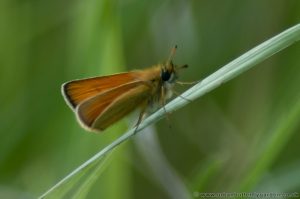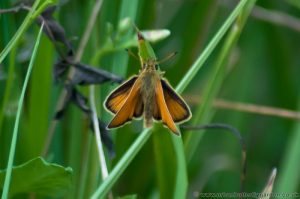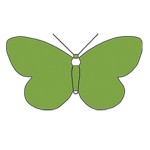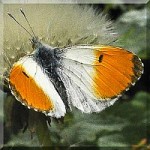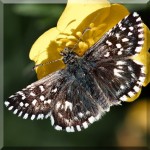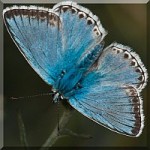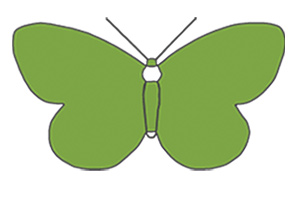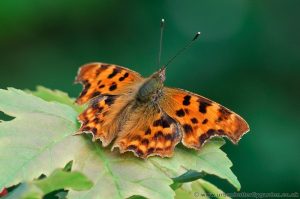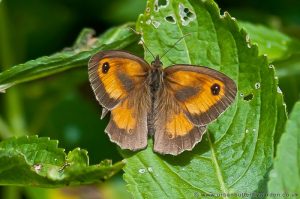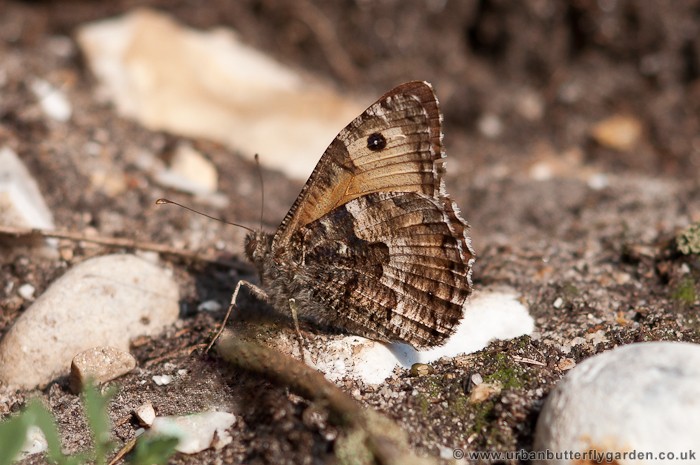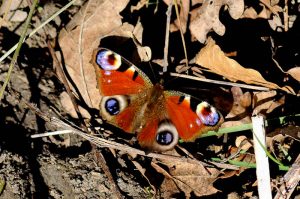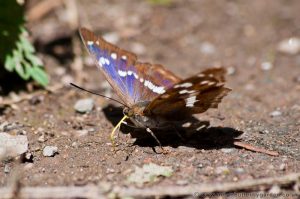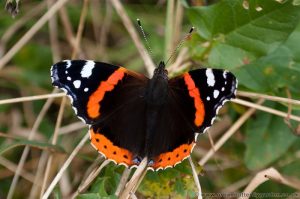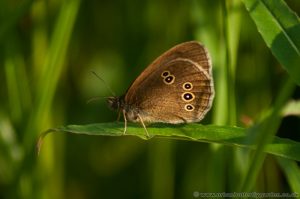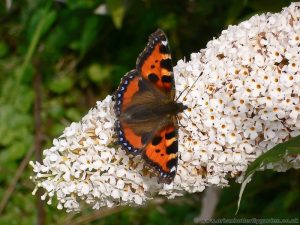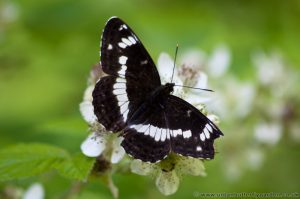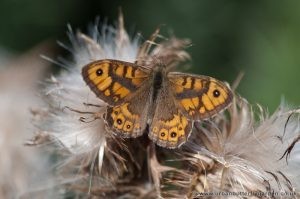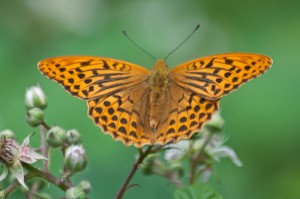Brief Description
A small meadow butterfly with orange and dark brown margined upper-wings and buff under-wings, native to the British isles.
On the wing in July and August the Essex skipper is sometimes found in the same habitat along side the, small skipper in meadows and other grassy places although it does prefer sunny embankments and chalky hill sides.
Being almost identical to the Small skipper, and sometimes sharing the same habitat, identification can often be difficult, one main difference is the underside of the antennae tip is black.
Quick Info
- Family Group – Hesperiidae.
- Where – Across Southern and Eastern England and Wales.
- Habitat- Coastal areas, to inland sunny embankments, chalky hillsides meadows and grassland.
- When– July – August.
- Size– Wingspan 26 – 30mm.
- Larval Food Plants – Cock’s-foot (Dactylis glomerata), Couch Grass (Elymus repens)
- Adults nectar on – Ox-eye daisy, Birds-foot Trefoil (Lotus uliginosus), Thistles, Ragwort.
- Population Status – Spreading steadily Northward reaching Parts of Central England.
- Photographed – July 2011. (will be updated)

